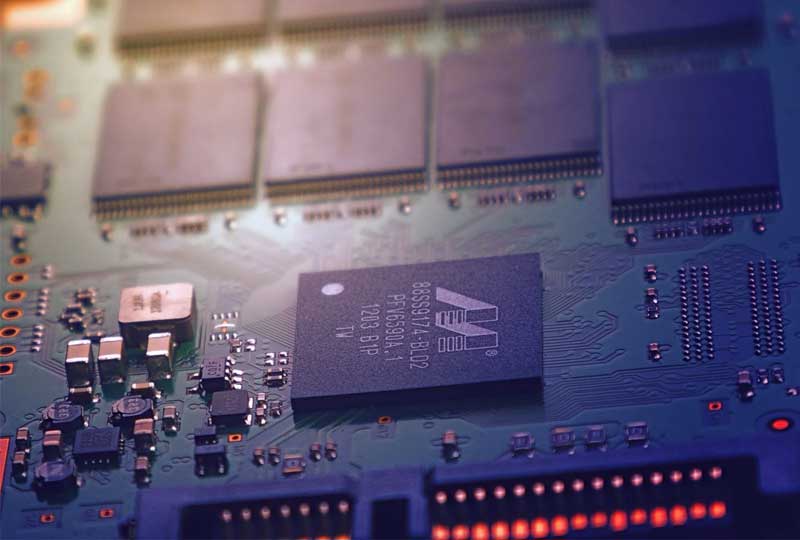
The problem of resource contention in the IT world is not new. Contention is what happens when demand for a shared resource exceeds the supply. Basically, when several requests are racing to utilize the same resource, one of them will win and the rest will have to wait. Without considering contention in a given service or situation, performance degradation will result. In a world where costs are always a factor, addressing resource contention with regard to CPU, memory or storage is very important.
It’s also important in the cloud. When your company is operating a local data server, managing the problem of contention is entirely in your hands. You can evaluate whether the performance issues you’re seeing are actually resource related. Then identify which transactions are competing for resources and prioritize appropriately based on business needs.
For instance, the "Noisy Neighbor" Problem: Other tenants in a shared cloud environment may consume excessive resources, affecting your performance. This is often a reason businesses are hesitant about migrating into a cloud environment.
CPU
Memory (RAM and Cache)
Disk Storage
Internal Buses
External Network Devices
load balancing is essential, as it distributes workloads evenly across multiple CPUs or servers. Additionally, employing vertical and horizontal scaling strategies can help, either by scaling resources up to provide more power or out to add more instances. Implementing CPU affinity and isolation by assigning specific CPUs to particular processes further reduces contention, ensuring that each process receives adequate CPU resources without interference from others.
implementing efficient memory management techniques is crucial for allocating memory resources effectively. Additionally, optimizing application memory usage by reducing memory leaks and improving memory utilization within applications can significantly enhance performance. Effective cache utilization is also vital; by implementing caching strategies, the load on primary memory can be reduced, ensuring smoother and faster data access.
storage tiering can be employed to use different types of storage based on access frequency. Upgrading to solid-state drives (SSDs) can also enhance performance by providing faster data access. Additionally, utilizing RAID configurations can improve both data redundancy and performance, ensuring more efficient and reliable disk storage management.
upgrading to faster and more efficient bus systems is essential. Additionally, prioritizing critical data transfers can help reduce delays and ensure that important data moves quickly and efficiently across the internal buses.
To mitigate network contention, increasing bandwidth is crucial to handle peak loads effectively. Network segmentation can help by dividing the network into segments, thereby reducing overall contention. Additionally, implementing Quality of Service (QoS) allows prioritization of important traffic, ensuring that critical data is transmitted efficiently and promptly.
We're really focused on two major areas one is project management and the other is IT consulting and advisory. We get involved with the client on the front-end to assess their existing IT strategy, and follow through all the way to the execution and development of a data center.
John Martin Cavan Group, Founder.
©2025 The Cavan Group